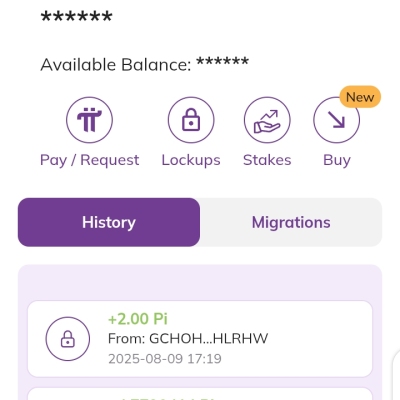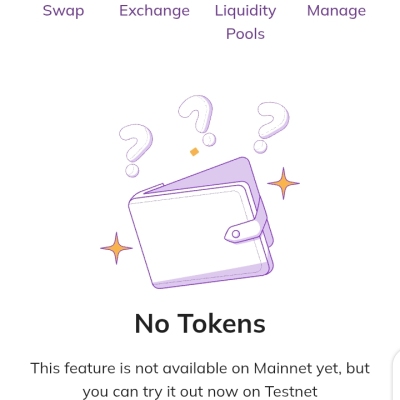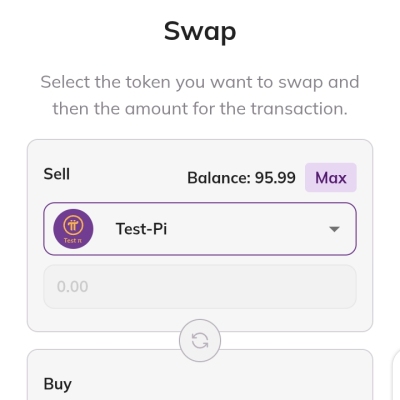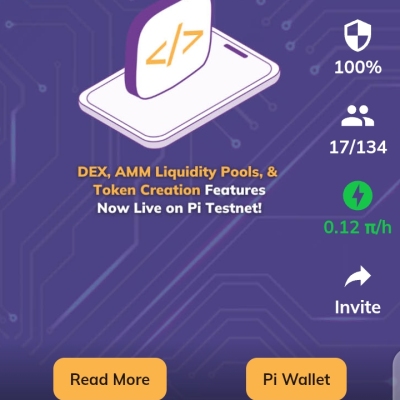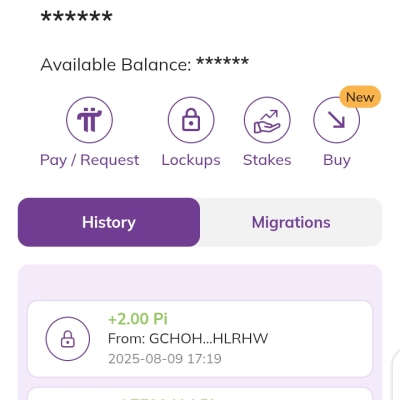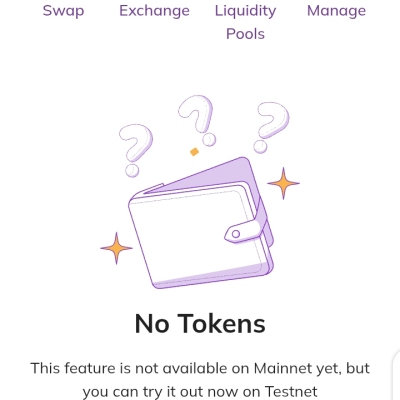🚨 Core team signals are clear #pinetwork will align with GCV value. They’ll never officially say “GCV is coming” because Pi is decentralized & beyond SEC’s act. But smart pioneers must catch these signals & stay ready for the future ❤️✨ #pi
🚨 Core team signals are clear #pinetwork will align with GCV value. They’ll never officially say “GCV is coming” because Pi is decentralized & beyond SEC’s act. But smart pioneers must catch these signals & stay ready for the future ❤️✨ #pi














